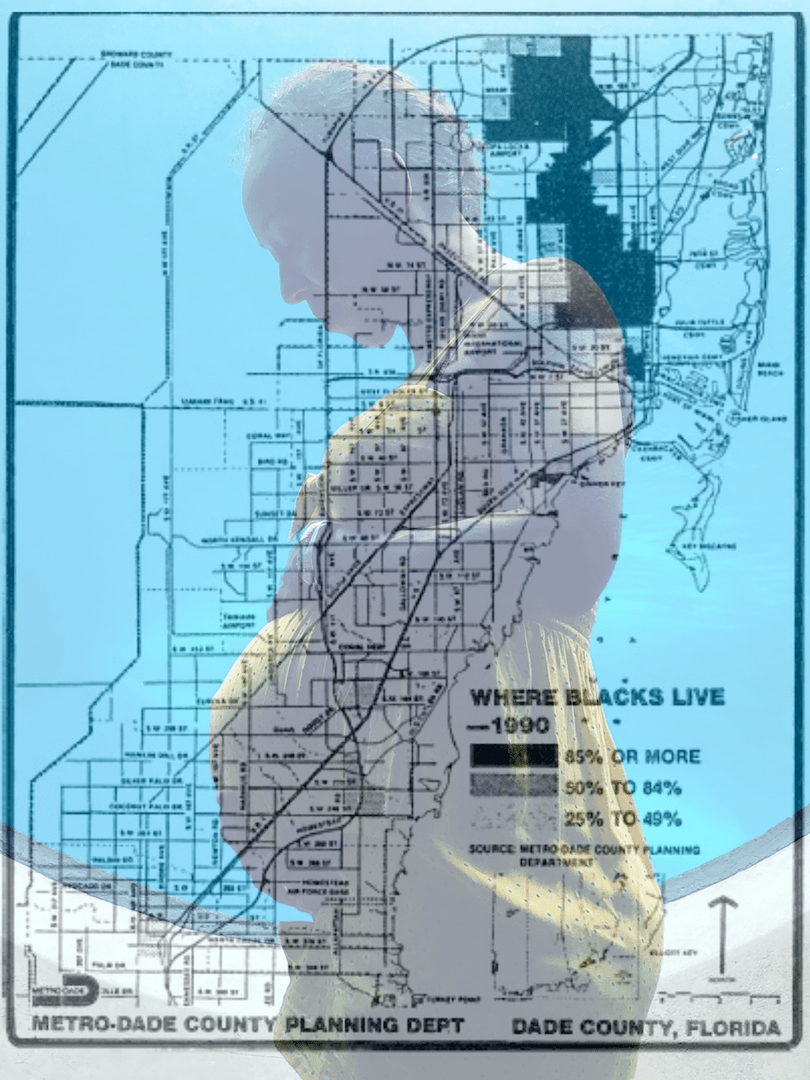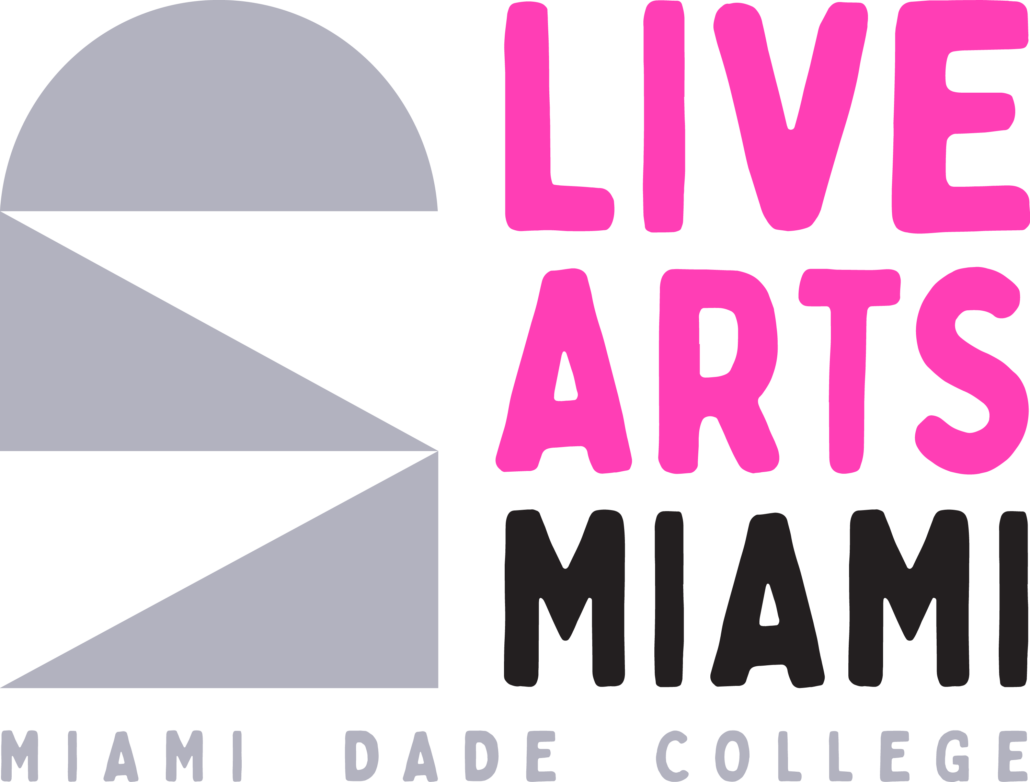Water City

Water City:
finding water dreams
belly grows, restless in thoughts
future looks dim with no home.
As the city of Miami continued to grow, the New Deal housing policies provided opportunities for the city government to move blacks out of Overtown to what is now known as Liberty Square in Liberty City.
The discussion of relocating blacks to make room for white neighborhoods and developments continued for years. In 1937, the Dade County Planning Council made a 20-year plan that consisted of establishing three towns and parks specifically for African Americans. These towns were to be located west of Perrine, west of Opa-locka, and at Tamiami Trail. (1)
The Florida Supreme Court ruled that any “slum” area “could be condemned and sold off en masse with little regard for individual properties within a designated urban renewal zone. This ruling was made after the Grubstein v. Urban Renewal Agency of the City of Tampa. (In 1959, the Florida Supreme Court ruled in favor of the Tampa urban renewal agency saying that it can take one of Phillip Grubstein’s private African American rental properties, in “The Scrub” of Tampa, and sell it to another investor for redevelopment. (2)
- (1) Mohl, R.A. (2001). Whitening Miami: Race, Housing and Government Policy in Twentieth-Century Dade County. The Florida Historical Quarterly, 79(3). | Retrieved from jstor.org
- (2) Connolly, N.D.B. (2015). Historical Studies of Urban America: World More Concrete: Real Estate and the Remaking of Jim Crow South Florida. Chicago, IL, USA: University of Chicago
Image: Mohl, R.A. (1995). Making of the Second Ghetto in Metropolitan Miami, 1940-1960.
Journal of Urban History, 21(3), 395-427. doi: 10/1177/009614429502100305 - miamiplanning.weebly.com
- Photo/Design: Jason Jimenez
